How Professionals Balance Work and Life with Continuous Career Management
Why Work-Life Balance Feels Elusive for Professionals: By mid to senior career, many professionals face intensifying work and life demands. They often find that simply "working harder" doesn't guarantee fulfillment - in fact, those who seemingly "have it all" still report being unbalanced. (1). Real-life accounts from online forums echo this struggle. One senior developer confessed that he was so overextended at work he had"nothing left at the end of the day to give to [his] personal life," lacking even the energy to schedule a long-overdue eye appointment. (2) Others voice regret over career moves that sacrificed personal passions; as one professional lamented, "I used to ride dirt bikes and snowboard...now I basically do neither. Instead I have an extra pile of money I don't especially need" (3)
These experiences highlight both the practical strains (long hours, heavy responsibilities) and emotional toll (stress, guilt, identity loss) of balancing a demanding career with a fulfilling personal life. In short, work-life balance can feel like a moving target - "a journey, not a destination," requiring continuous adjustments as life evolves. (4)
Why Traditional Strategies Aren’t Enough
Mid and senior-level professionals do try to cope using common strategies – but these often provide only short-term relief or introduce new dilemmas. For example:

Setting Rigid Boundaries

Job-Hopping or Downshifting

Over-Identifying with Work

Coping in Crisis Mode
Why We Need a New Approach
How Continuous Career Management Helps You Achieve Balance (Without Losing Yourself)
Proactive Course Corrections – Staying Ahead of Burnout
Aligning Career Moves with Life Priorities
Preserving Your Identity and Well-Being
Building Resilience Through Continuous Learning
A Sustainable Path to Satisfaction
Sources
| Kelly, M. Off Balance: Getting Beyond the Work-Life Balance Myth to Personal and Professional Satisfaction. (Summary insights) | admiredleadership.com |
| Lupu, I. & Ruiz-Castro, M. “Work-Life Balance Is a Cycle, Not an Achievement.” Harvard Business Review, 2021. (Study of 200 professionals) | firstthings.org |
| Reddit – careerquestions discussion on chasing higher pay vs. work-life balance | reddit.com |
| Reddit – workingmoms thread on balancing six-figure jobs with family (user comments on boundaries, flexibility) | reddit.com |
| MentorLoop Blog: “Are you supporting your employees in a mid-career crisis?” (mid-career challenges and employer tips) | mentorloop.com |
| Allwork.Space: “Losing Ourselves in Work: The Dangerous Identity Crisis of Modern Careers,” S. Michaelides, 2025. (Identity and work culture insights) | allwork.space |
| City AM – W. Arruda on continuous career management and LinkedIn “9-minute a day” rule | cityam.com, wbs.ac.uk |
| Reddit – various user insights on work-life strategies and regrets | reddit.com |

